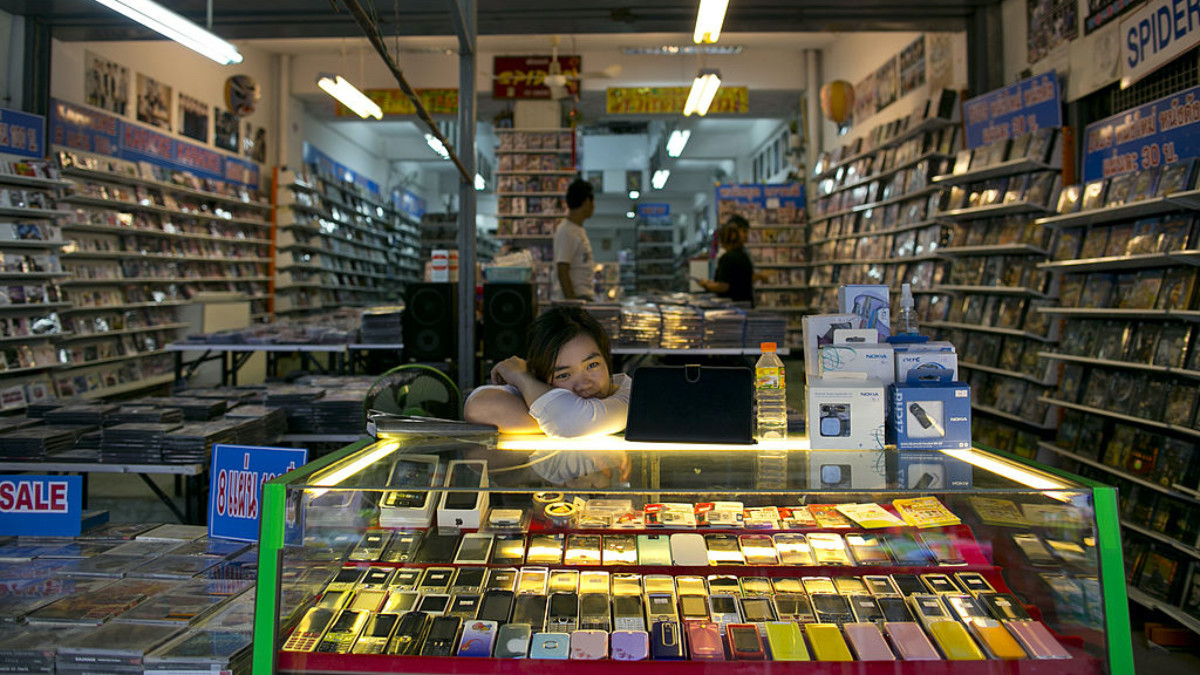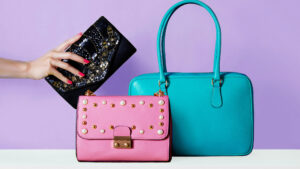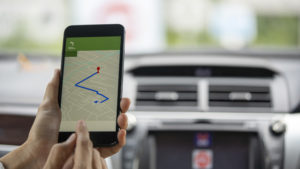Fighting fakes: The rise of counterfeit goods and the battle to end them

Photo Paula Bronstein/Getty Images
Special Report: Counterfeits cost billions every year, fortunately companies like Dotz Nano are rising to lead the fight against fakes.
Companies can trademark a logo and patent a technology, but many are struggling to protect the most important part of their business from counterfeiters: the physical product they sell.
The massive rise of counterfeiting, a $US1.8 trillion ($2.6 trillion) global black market that ranges from Louis Vuitton handbags to car seats, means corporations are increasingly turning to end-to-end authentication systems in the fight against fake goods.
“As counterfeiting has become more sophisticated and widespread, the authentication industry has matured from packaging-based security tags to verification solutions that enable manufacturers to authenticate products throughout their supply chains. It’s a trend that is bound to increase as demand grows for cutting-edge authentication technology, that can be utilised by a range of affected industries,” says Dr. Yoni Engel, VP Business for Dotz Nano.
Dotz Nano (ASX:DTZ) is one of a number of companies at the forefront of the anti-counterfeiting battleline as policing supply chains becomes more and more difficult.
It provides a proprietary end-to-end authentication solution comprised of tagging codes, which can be embedded in or on to products, portable detectors supported by a mobile phone app, as well as a data management system, enabling brands to receive real time information and alerts throughout the supply chain.
Dotz’s security markers, dubbed ‘ValiDotz™’, combine chemical and spectral properties with advanced chemometric methods to create a unique fingerprint which cannot be copied, or reverse engineered. These markers are identified by pocket-sized proprietary detectors, which allow for on-site, real time verification of products.
By embedding the markers into materials during or shortly after the manufacturing process, unlike packaging-based authentication solutions, Dotz’s customers hope to create islands in a sea of counterfeits.
Doctor, how bad is it?
Fake goods account for 3.3 per cent of global trade, according to OECD statistics, with demand driven by the high margins to be made on consumer goods and high demand.
The $US470bn sports equipment market is one of the most heavily targeted: Nike, for example, is the most faked brand in the world, while the infamous “Bayrans” are recognisable to all Bali holiday-goers.
Most worrying is counterfeit safety products, such as car seats, medical equipment and engineered plastics, which put users’ health and lives at risk.
The Netflix series ‘Broken’ outlined how influencer and celebrity marketing is driving the multi-billion dollar fake makeup imports — and how dangerous those products are, often containing poisons such as cyanide.
Australia’s Therapeutic Goods Administration (TGA) fights a running battle with fake medicines, PPE and medical equipment coming into the country, a problem Pharmout estimates is responsible for $US200bn worth of social harm a year globally.
Indeed, a deluge of fake face masks during the worst of the COVID-19 pandemic led Dotz to rapidly develop a smart marker label for face masks. It signed a $1.5m sales deal for these in May.
“The need for our end-to-end authentication technology is universal. Our security markers are unique in that they can be embedded directly into a range of materials such as lubricants and plastics or used as a tracer within the oil and gas industry. We have already secured sales agreements in the plastics, face masks and lubricants markets and are actively targeting sports equipment manufacturers while we continue to progress lengthy negotiations within the oil and gas sector.”
OK, but surely one fake Gucci wallet can’t hurt that much?
That $US1.8tn figure is coming straight out of company pockets from diverted sales as well as the significant cost required to spend fight counterfeits, Dotz’s Dr. Yoni Engel says.
“Counterfeiting has a detrimental and long-lasting impact on brands and manufacturers that goes well beyond lost revenue. Reputational damage is a common occurrence with consumers losing trust in brands frequently targeted by counterfeiters. Manufacturers can also be liable for damages caused by counterfeit products and may be required to demonstrate that the offending product is a fake or that they had taken proactive measures to prevent counterfeiting.”
How can a company be responsible for a fake it never made, didn’t sanction, and shouldn’t even exist?
The risk, according to legal judgements in the US, is that because counterfeiting is a known quantity and authentication systems, such as Dotz’s, make it more difficult to distribute and sell fake products, manufacturers who do not take adequate anti-counterfeiting measures could be liable.
If the financial losses alone weren’t enough to incentivise companies to take action against fakes, the threat of legal action — warranted or not — is likely to be.
I’m convinced. But what can be done?
Dotz’s Dr. Yoni Engel says the solution lies in real-time monitoring with security markers that can’t be copied, removed or tampered with.
Dotz’s markers do not alter the appearance or physical properties of any material they’re embedded into and are “virtually impossible” to reverse engineer, he says.
Conventional brand protection methods typically rely on a single marker code like a key lock, whereas Dotz’s security markers are the equivalent of a combination lock comprised of a complex combination of marker codes and advanced chemometric methods.
Dr. Engel says the markers are effective even at low concentrations, making them economical for brands to use.
The other side of the anti-counterfeiting solution is information: companies can’t improve what they don’t know.
“Dotz’s embedded and coded technology is improving the integrity of business processes, allowing manufacturers to make more data-driven decisions with instant alerts when infringements and breeches are identified or even predicted.”
The markers and reader are complemented by a web dashboard whereby companies can see exactly where products are in the field.
AI-based software analyses events and trends which send real-time alerts when suspicious activity appears.
Cheaper, easier manufacturing processes in distant markets combined with massively rising consumer demand has created a perfect storm of fake goods.
But it’s being countered by anti-counterfeit technology which could help customers stamp out fakes entirely.
This story was developed in collaboration with Dotz Nano, a Stockhead advertiser at the time of publishing.
This story does not constitute financial product advice. You should consider obtaining independent advice before making any financial decisions.
UNLOCK INSIGHTS
Discover the untold stories of emerging ASX stocks.
Daily news and expert analysis, it's free to subscribe.
By proceeding, you confirm you understand that we handle personal information in accordance with our Privacy Policy.








